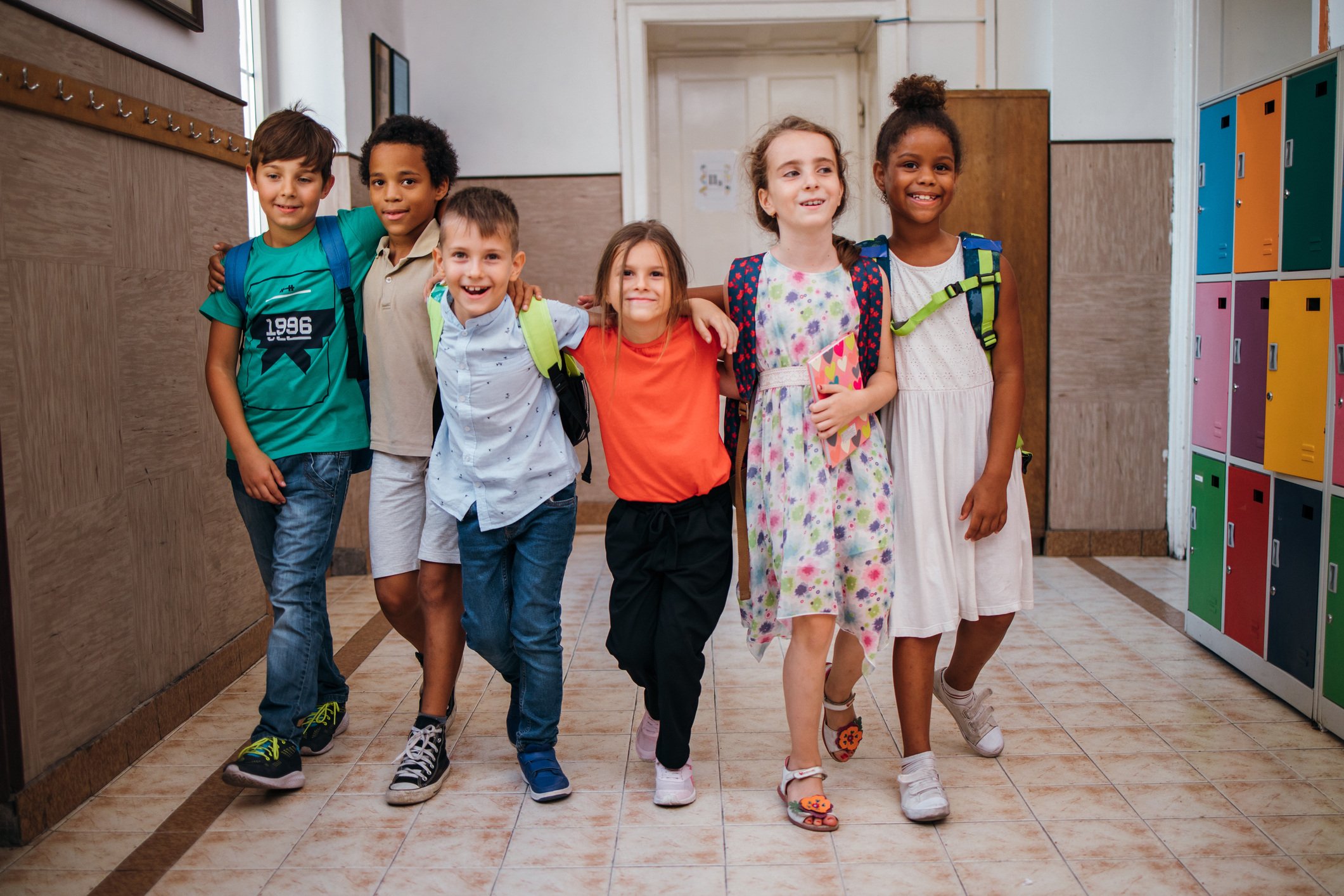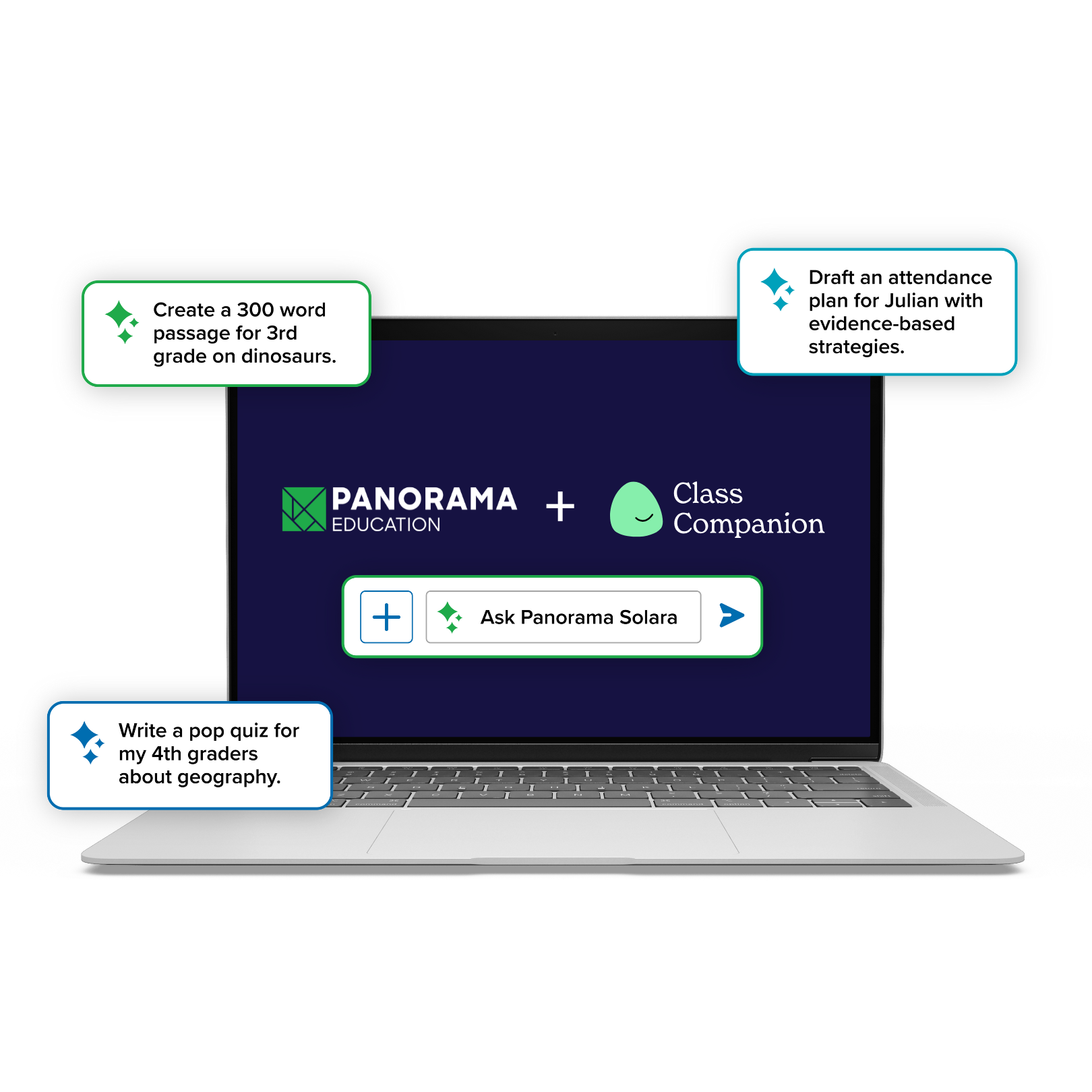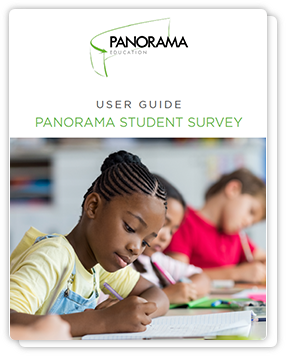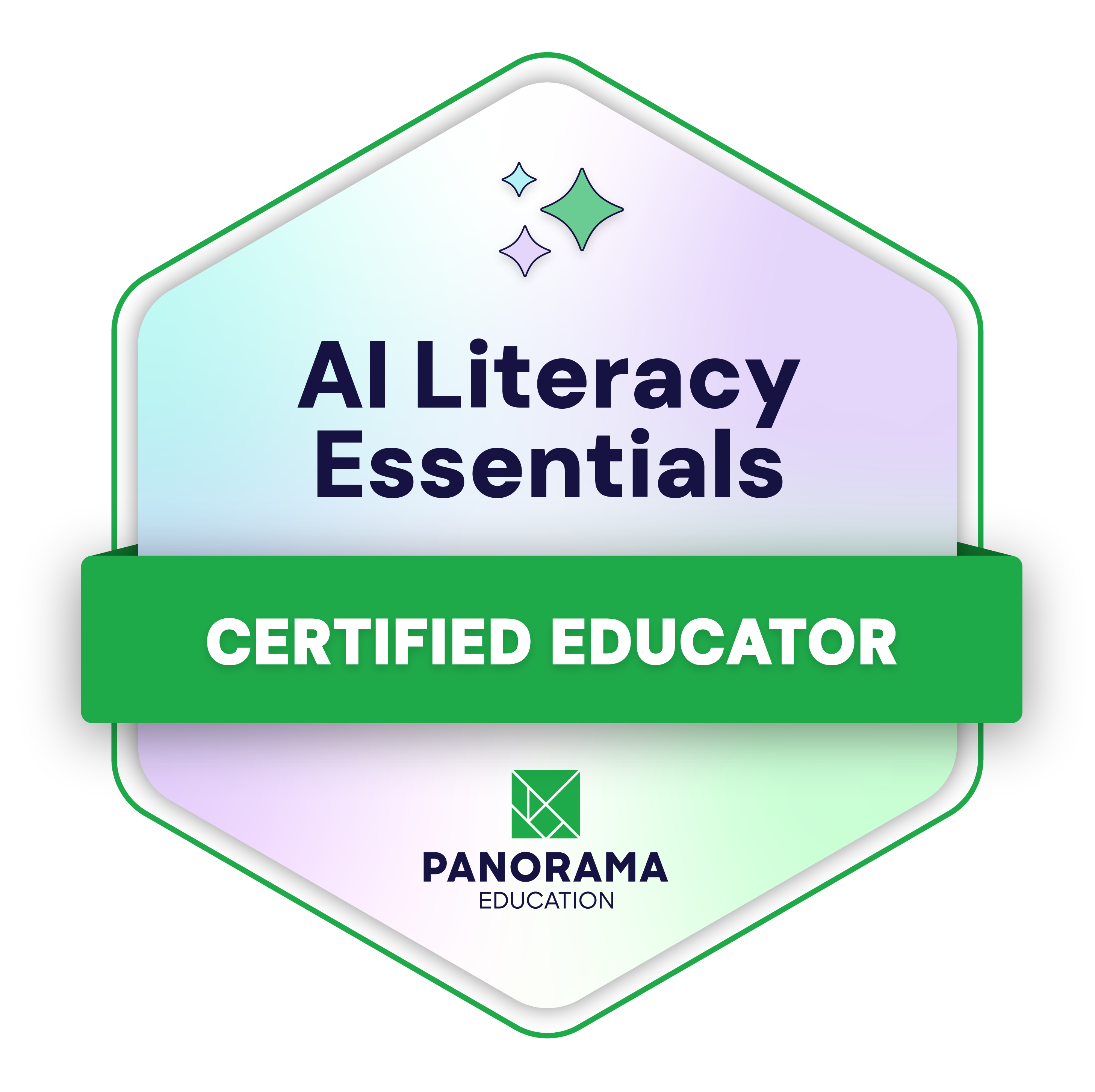As the back-to-school season approaches, the familiar rhythm of preparation takes center stage. Families are gathering supplies, and anticipation builds for the year ahead.
However, this period can also bring significant challenges for educators and school administrators. Each year, the back-to-school season marks a key moment for school and district leaders. It can set the tone for the academic year, shaping student outcomes, staff morale, and the overall success.
With the appropriate strategies in place, this transition can be managed effectively. We invite you to leverage this guide, along with our comprehensive toolkits, surveys, and blogs, to facilitate a smooth back-to-school experience and foster a positive school climate across your district.
Table of Contents
Back-to-School: Fostering a Positive Climate
Surveys for the Back-to-School Season
Back-to-School, Back in Seats: Strategies to Combat Chronic Absenteeism
How Panorama Education Can Help Improve Your Back-to-School Experience
Back-to-School: Fostering a Positive Climate
A positive school climate is foundational to a successful academic year, influencing student engagement, staff collaboration, and overall achievement. As district leaders, your ability to create an environment where students feel supported and teachers feel empowered can impact the trajectory of the months to follow.
Creating a positive atmosphere from the outset not only enhances learning, but also builds trust and a sense of community—essential for navigating the challenges that come with the new school year. Here are some key strategies to help you cultivate and maintain a positive school climate as the year begins:
Icebreaker Activities
Kick off the year by organizing engaging activities that energize your school teams and set a positive tone for the year. With new staff members likely joining your district, consider hosting meet-and-greet events to build connections and develop a sense of community.
When your teachers and staff form relationships with each other—and with administrators—they’re more likely to trust that their work environment is a safe space where they can grow and thrive. You can build this trust by checking in with teachers on a regular basis. Use inclusive get-to-know-you questions at the start of the school year—and build on these conversations throughout the year. These can be questions about:
- The transition back to school
- What is one thing you are looking forward to this school year?
- What can your fellow teachers or administrators do to better support you?
- Professional strengths
- How would you like to be recognized for your successes?
- What is one thing you think you do well as a teacher?
Additionally, encourage teachers to develop “get-to-know-you” questions that will help them connect with students right from the start.
Team Building Activities
Team building activities can go beyond typical icebreakers by focusing on cultivating group cohesion and trust among educators. By setting up these sessions, you enable educators to move from acquaintances to allies.
Another approach is to organize an education workshop challenge. Each teacher presents a mini-workshop or lesson on a topic they are passionate about or skilled in. This not only encourages the sharing of best practices, but also allows team members to learn from and inspire each other.
Support Adult Well-Being
In order to cultivate a positive school climate for students, the adults in your building also need to feel supported and valued. Supporting student well-being starts with adults—so your district must promote this in staff and educators. Activities could include:
- Growth Circles
Growth Circles are a great way to support participants in setting goals, growing their self-efficacy (academic or professional self-esteem), and adopting a growth mindset (the belief that we can change and grow). - The Two-Word Check-In
The two-word check-in is a simple yet powerful classroom exercise that enhances emotional awareness, promotes authenticity, and builds community. It builds adult capacity to model skills such as self-awareness, social awareness, decision-making, and self-management.
When educators embody the same wellness practices that they hope to teach their students, the outcomes for learners and teachers are amplified. Consider using the two-word check-in as an icebreaker or opening exercise to kick off team meetings, professional development workshops, or PLCs.
If you’re searching for additional strategies to support educator well-being this school year, Panorama’s free toolkit is a valuable resource. This toolkit is packed with ready-to-go tools and strategies to support educator well-being and create robust systems of support.
Student Check-ins
"How are our students doing?" "Who needs our support right now?"
If you're an administrator, teacher, or counselor, these questions are likely top of mind at the start of—and throughout—the school year.
Keeping a regular pulse on how students are doing is key to building students’ reflective skills that drive engagement and connections, while identifying opportunities to provide additional support.
Regular student check-ins are a simple but powerful way to gauge how your students are feeling, so you can address any concerns early. Check-ins can also help educators identify students who may benefit from additional support. Setting these up early is key to building a positive learning climate from day one.
Morning Meetings
In the transition back to school, educators have an opportunity to take a healing-centered approach to engaging students and to recapture a sense of community in the classroom.
Hosting morning meetings—a structured daily ritual that provides a supportive transition for students as they enter into the classroom—is an engaging way to start the school day while fostering collaboration and kindness.
These meetings are another great opportunity to promote a positive school culture—from day one. Kickstart the day with quick sessions that empower students to share their thoughts and set a positive tone for learning.
Create Lunch Bunches
Especially during the back-to-school season, lunch bunches offer a crucial intervention that helps students feel seen, develop positive coping skills, and build trusting relationships. These easy-to-implement sessions bring small groups of students together with a teacher, school counselor, or student support staff member during lunchtime, ensuring no academic instruction is missed. By establishing this routine early on, schools can create a supportive environment that fosters connection and well-being throughout the year.
Surveys for the Back-to-School Season
Back-to-school season is an ideal time for school surveys, as it lets you capture fresh perspectives and baseline data. This early feedback helps assess the effectiveness of summer programs, and ensure refinements to processes meet community expectations. Above all, it’s crucial for helping district leaders make informed decisions and address issues proactively, establish a positive tone, and set strategic goals.
Panorama is the central place for districts to collect and analyze student, family, and teacher feedback on the factors that are critical to student achievement. With reliable, actionable feedback data, districts can address key issues like belonging, teacher-student relationships, engagement, and school safety.
Let's look at some valuable surveys that can support you in taking the pulse of your diverse learning community::
Student Surveys
Running student surveys during back-to-school provides valuable insights into how students are experiencing the start of the academic year. At this time, students are adjusting to new teachers, classmates, and routines, making it a critical period to gauge their engagement and any concerns they might have.
Early feedback from students can highlight areas where they may need additional support, identify any barriers to learning, and uncover opportunities to improve the classroom environment. By understanding students' initial perceptions and experiences, schools can make timely adjustments to foster a positive school climate and set the foundation for a successful year ahead.
Family Engagement Surveys
The back-to-school period is a key time to capture families’ initial experiences, expectations, and concerns as they navigate the new school year. Family engagement surveys can help districts gather this feedback, gaining an understanding of how well schools are communicating, how supported they feel, and whether they have the resources needed to help their children succeed.
Additionally, early feedback can reveal gaps in communication and help schools build stronger partnerships with parents and guardians from the outset.
Teacher Feedback Surveys
Back-to-school season is an ideal time for conducting teacher and staff feedback surveys as it provides an opportunity to capture initial perspectives as they begin a new academic year. At this time, teachers and staff are implementing new strategies, adjusting to any changes in school policies, and getting to know their students and colleagues. Surveying them early in the year allows school leaders to assess readiness, gauge morale, and identify any immediate challenges or concerns they may face.
Back-to-School, Back in Seats: Strategies to Combat Chronic Absenteeism
One of the most pressing challenges for educators and administrators this school year is chronic absenteeism. With 16 million students affected nationwide, this significant drop in attendance has had a profound impact on the education system.
To ensure students can succeed this school year, the first step is to get them back in their seats by identifying at-risk students and swiftly implementing targeted interventions.
To help school and district leaders address this critical issue, Panorama Education’s Data Science and Applied Research Team recently completed an extensive study on the state of chronic absenteeism. Using Panorama’s unique national data, we’ve analyzed the complete attendance information for over 7,000 schools and 11 million student records. In the study, we found that factors within a school’s locus of control—such as safety and engagement—can influence a student’s likelihood of being chronically absent by as much as 22%
You can download the report to read our complete findings on school safety, engagement, and other key topics that correlate with absenteeism. Additionally, you’ll find specific, research-informed strategies you can implement to address some of these root causes of chronic absenteeism this school year.
If reducing absenteeism in your district is a priority, start by downloading the free Panorama Absenteeism Toolkit. Packed with proven strategies and practical guidance, this resource is designed to help you boost attendance and keep students engaged.
How Panorama Education Can Improve Your Back-to-School Experience
As the new school year begins, it presents a pivotal opportunity for K-12 leaders to address key challenges and set the stage for success.
To support a smooth transition into the school year, consider integrating smart solutions and tools into your back-to-school strategy. Prioritize building relationships to enhance team cohesion, and equip your educators with essential resources–such as team toolkits and comprehensive surveys.
Panorama's Feedback Surveys can help your district gather critical feedback from your community at scale. And by integrating survey data into your MTSS, you can turn these insights into better student outcomes—a more responsive, effective, and student-centered support system that addresses the diverse needs of all learners.
Check out our free demo and discover how Panorama Education equips educators and administrators with the resources they need.
Learn how Panorama can support your district's needs and priorities this school year




.png?width=3300&height=1100&name=District%20Leader%20%20Broad%20Promo%20Email%20-%20FINAL%20(1).png)



